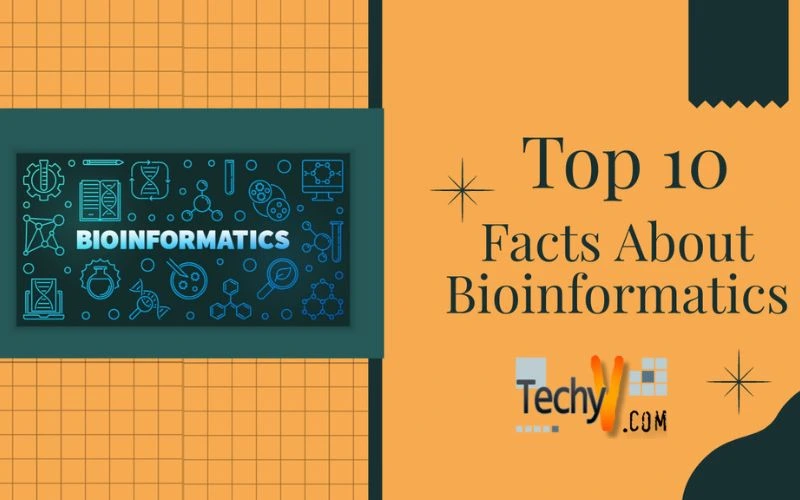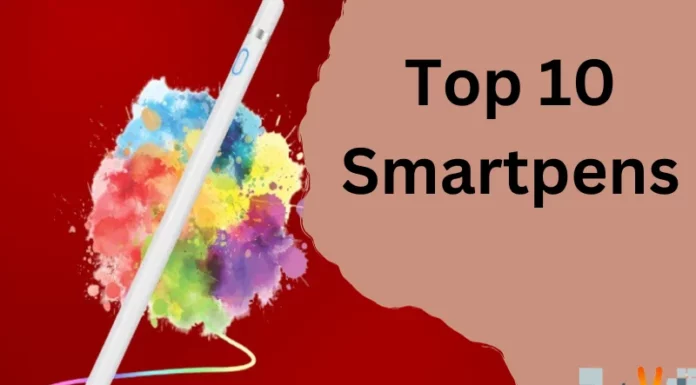Bioinformatics is an application of computers that involves the analysis and interpretation of biological data, involves computer science, physics, mathematics, nanotechnology, genetics, genomics, microbiology, neurobiology, biology, and biotechnology. Here are the Top 10 facts about bioinformatics.
1. Computational Languages
Perl is a go-to language for programming in bioinformatics and computational biology. Java is a language used in various software, websites, and app developments. Its application is complex modeling and predictions. R generates graphical output and manipulates graphics, charts, and graphs.
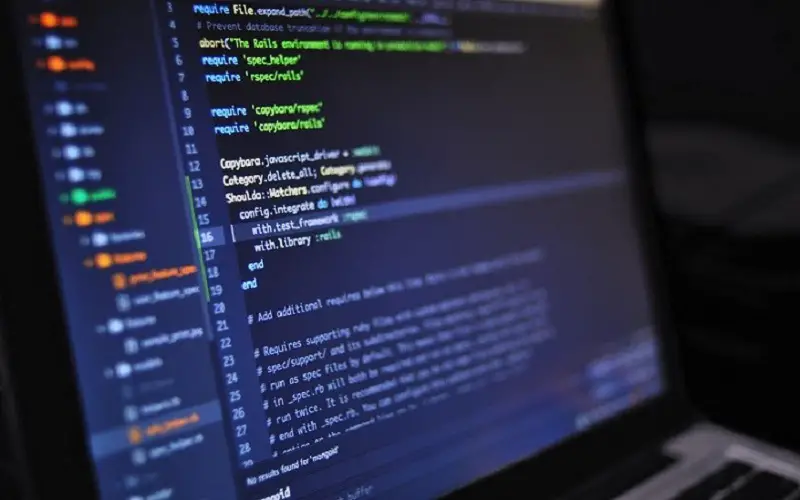
2. Biostatistics
Biostatistics is statistical technique in health-related fields, which include medicine, biology, and mathematics. This field improves health by reducing illness and learning whether a new drug works, what causes various diseases, and how long an individual with a specific condition will survive. Biostatistics is a method to collect, analyze, and interpret data.

3. Computational Biology
Computational Biology uses analytical methods, mathematical modeling, and stimulation. It involves analysis of microarray, phylogenetics, protein structure, homology, and the latest drug, i.e., drugs for treating cancer and pain. It optimizes biological disorders such as metabolic and genetic disease.
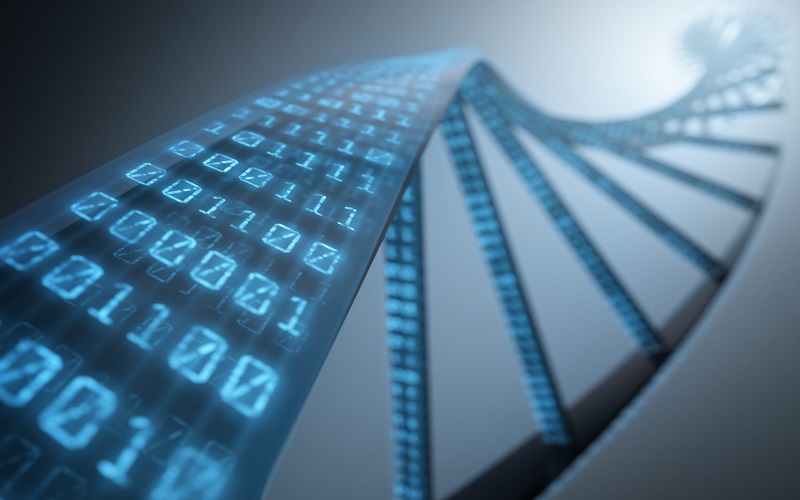
4. Database Management
Database Management includes the organizing, managing, and storing of the different data. Data involves bibliographic, relational, taxonomic, genomic, and biological aspects such as nucleic acid and protein database. The data gets retrieved by researchers via the Internet. Different databases such as Primary, Secondary, and composite databases are helpful for the sequential purpose,. Some examples of databases include EMBL, Genbank, Swiss-Port, Block, Owl, etc.
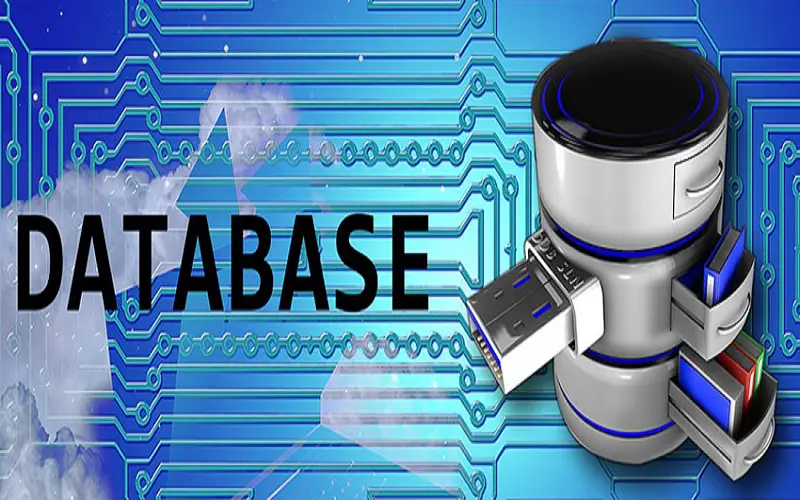
5. Operating System
The Linux operating system (OS) helps to carry out various tasks. Linux OS has two main categories: local variables and global variables. To gain access to a Linux-based system, a username and password are required. As soon as the account information is available, remote access is done through Linux, macOS, and Microsoft Windows systems.
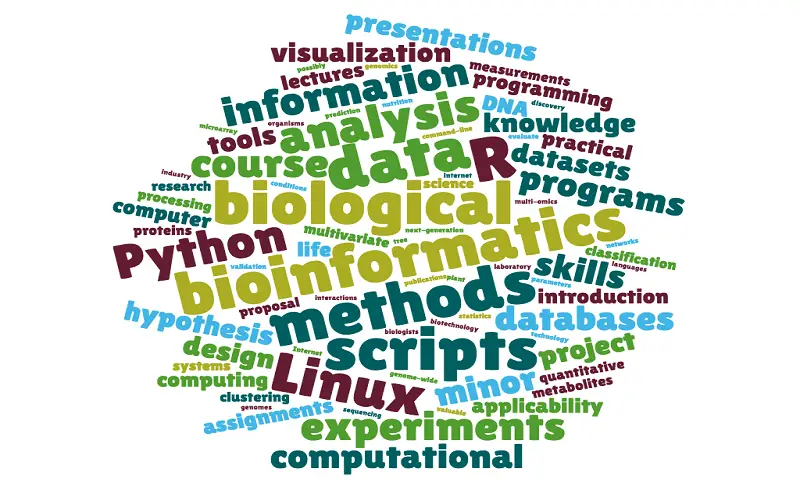
6. Therapeutic Devices
Bioinformatics is used in medicine that helps to analyze data from genome sequencing or microarray gene expression analysis in search of mutations or gene variants that affect a patient’s response to a particular drug target. Drug repurposing, identifying drugs, studying compounds in model systems, and performing simulations are some factors that can reduce the burden associated with drug optimization, development, and testing.
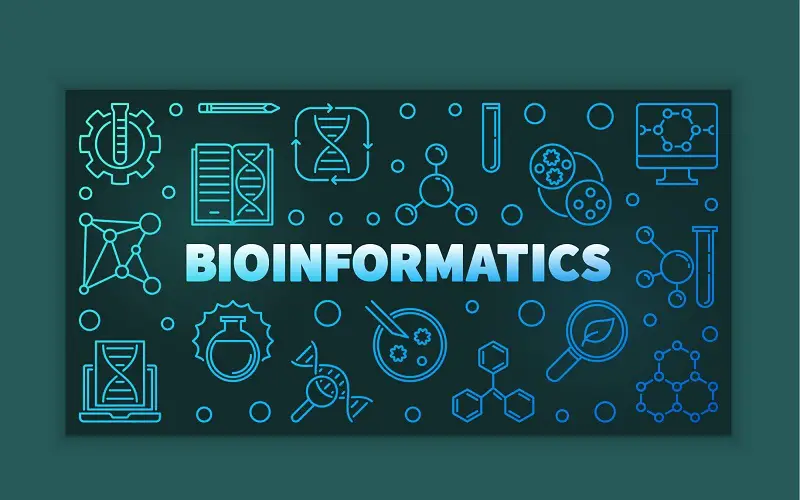
7. Gene Study
Bioinformatics helps to identify genes by analyzing sequences, using a computer, within a long, double-stranded DNA sequence. Gene prediction locates specific regions of genomic DNA that encode proteins. It plays a vital role as it distinguishes between coding and non-coding regions within a genome; it also explains genes in terms of function, and research related to the detection, treatment, and prevention of genetic diseases, etc. Some tools associated with gene identification include CRAIL, GLIMMER, HMMgene, etc.
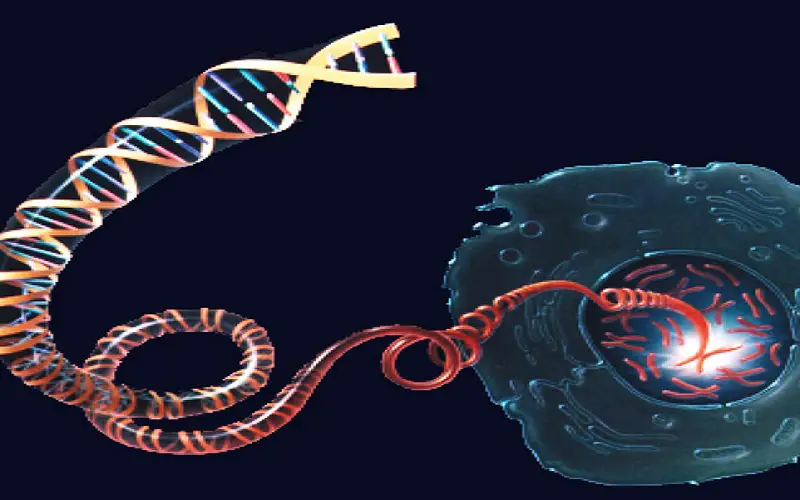
8. Protein Structure
Bioinformatics includes sequence comparisons, database searches, and structural predictions. The biological databases emphasize the nucleotide sequences (EMBL, GenBank, DDBJ), amino acid sequences (Swissprot, PIR, TrEMBL, GenePept), genomes, and three-dimensional structures (PDB). Some techniques include membrane proteins, multiple sequence alignments, antigenic sites, and posttranslational modifications.
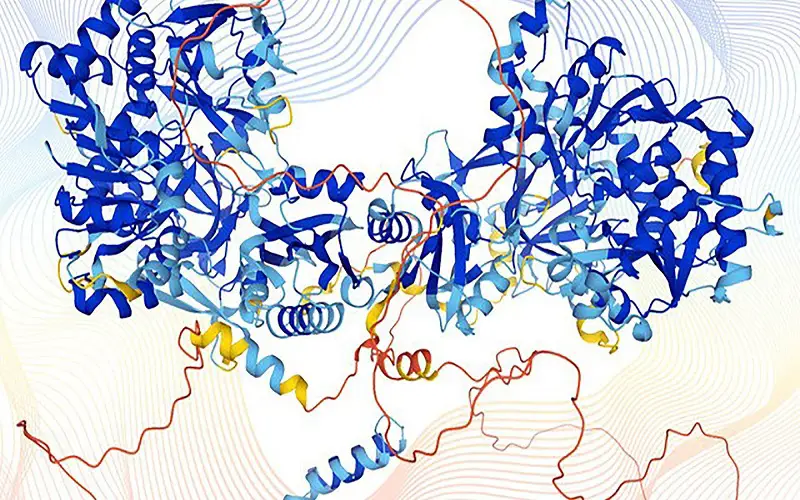
9. Medical Informatics
It consists of the management of biomedical data with clinical trials, in-vitro assays, and biomolecules. Medical informatics involves the study of insulin and genetic diseases, which helps to design drugs for various medical treatment purposes. Medical informatics is involved in human genome sequencing and for the development of cells, tissues, and organs.
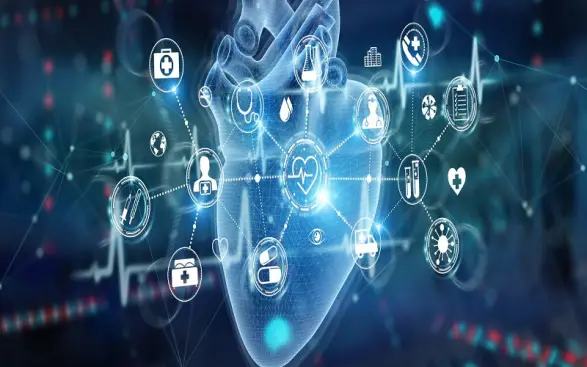
10. Developers
Programmers write computer programs to analyze data, administrators organize and store the data, biological scientists and statisticians analyze the data, and web designers produce sites and apps scientists use to search data. The development is a result of the computational part of bioinformatics.




